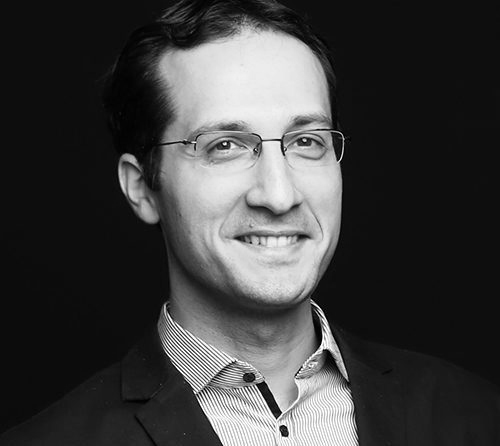- Technology
- SEE MORE
- classical
- general
- talk
- News
- Family
- Bürgerfunk
- pop
- Islam
- soul
- jazz
- Comedy
- humor
- wissenschaft
- opera
- baroque
- gesellschaft
- theater
- Local
- alternative
- electro
- rock
- rap
- lifestyle
- Music
- como
- RNE
- ballads
- greek
- Buddhism
- deportes
- christian
- piano
- djs
- Dance
- dutch
- flamenco
- social
- hope
- christian rock
- academia
- afrique
- Business
- musique
- ελληνική-μουσική
- religion
- World radio
- Zarzuela
- travel
- World
- NFL
- media
- Art
- public
- Sports
- Gospel
- st.
- baptist
- Leisure
- Kids & Family
- musical
- club
- Culture
- Health & Fitness
- True Crime
- Fiction
- children
- Society & Culture
- TV & Film
- gold
- kunst
- música
- gay
- Natural
- a
- francais
- bach
- economics
- kultur
- evangelical
- tech
- Opinion
- Government
- gaming
- College
- technik
- History
- Jesus
- Health
- movies
- radio
- services
- Church
- podcast
- Education
- international
- Transportation
- Other
- kids
- podcasts
- philadelphia
- Noticias
- love
- sport
- Salud
- film
- and
- 4chan
- Disco
- Stories
- fashion
- Arts
- interviews
- hardstyle
- entertainment
- humour
- medieval
- literature
- alma
- Cultura
- video
- TV
- Science
- en
Building an XR Vocabulary for Businesses, with XR Bootcamps Ferhan Ozkan

Code is a big part of what makes XR work, of course. But for most businesses, knowing the DNA of the technology will be less important than knowing how to best use it. XR Bootcamp co-founder Ferhan Ozkan is enabling businesses interested in XR to enable themselves.\n\n\n\n\n\n\n\nAlan: Welcome to the XR for\nBusiness podcast with your host, Alan Smithson. Today, we\u2019re speaking\nwith Ferhan Ozkan, the co-founder of XR Bootcamp, a platform to teach\nprofessionals how to create VR and AR applications, and support\ncompanies to bridge their skills gap in XR development through an\nintensive onsite program, cutting edge curriculum, and industry\nrenowned lecturers with a focus on industry portfolio projects. I am\npersonally very, very honored to be on the advisory board of XR\nBootcamp and helping them really develop the future of how\norganizations will train their staff on how to build XR technologies.\nAnd so with that, I\u2019d love to welcome Ferhan to the show. Ferhan,\nwelcome to the show, my friend.\n\n\n\nFerhan: Hi, Alan. Pleasure to be\nhere. Thanks for inviting.\n\n\n\nAlan: It\u2019s absolutely my\npleasure. I just want to give you a little bit of history about you.\nXR Bootcamp started from VR First, which was an organization bringing\nVR labs into universities and colleges around the world. Is that\ncorrect?\n\n\n\nFerhan: Yes. Yes. Back then \u2014\nalmost four years ago \u2014 we started as VR First. The main mission was\nto democratize VR and AR around the world. And you also supported us\non these times, because it was hard to find headsets as a developer,\nas a startup. And we actually tried to tackle this problem with the\nhelp of major headset manufacturers \u2013 Oculus, HTC, Leap Motion, Intel\n\u2014 and they supported us to create VR/AR labs around the world. And\nwe are quite happy with the impact being created now, these labs are\nactually really become big and creating amazing projects. And we are\nactually proud to have this network and enable this network. Yeah, we\nare now actually around 800 university that we can reach and over 400\nstartup clusters. But as a lab that we have supported and seeded \u2014\nas in equipment and other support \u2014 we reach to almost 52 labs. And\nnow we see that these labs become actually quite impactful in their\nown region to create a regional VR/AR development scene, and VR/AR\nstartup and clusters, and they are even creating VR/AR programs \u2014\nacademic programs \u2014 and industrial based trainings.\n\n\n\nAlan: Ferhan, when did you guys\nrealize that bringing this type of knowledge into the enterprise was\nthe next step?\n\n\n\nFerhan: It is quite interesting,\nbecause we talk with institutions not only in educational, but\ngovernment institutions. They reach to us after hearing about VR/AR.\n\u201cCan we educate the people in our health institutions? Can we\ntrain the people, the employees that is actually working in the\u2013\nairport workers, like on the aviation industry?\u201d And we\nunderstood that there is actually already an initiative happening on\ndifferent parts of the world, on different industries based on each\ngovernment\u2019s or each region\u2019s industry focus. And then we decided,\n\u201cOK, what we can do first of all to start the VR/AR innovation\nin each key destination?\u201d So as I mentioned, seeding the\nequipment was the first one. I remember in the beginning of 2017, we\nhad some kind of survey, and unfortunately for every 51 developer,\nthere was only one headset in any institution or in a startup\ncluster. So think of like you want to create something, but you\ncannot even access the VR headset, which is a shame for this region.\nSo we first of all started this seed equipment program, and then\ntraining programs come afterwards. And the biggest supporters or\nbeneficiaries were actually the